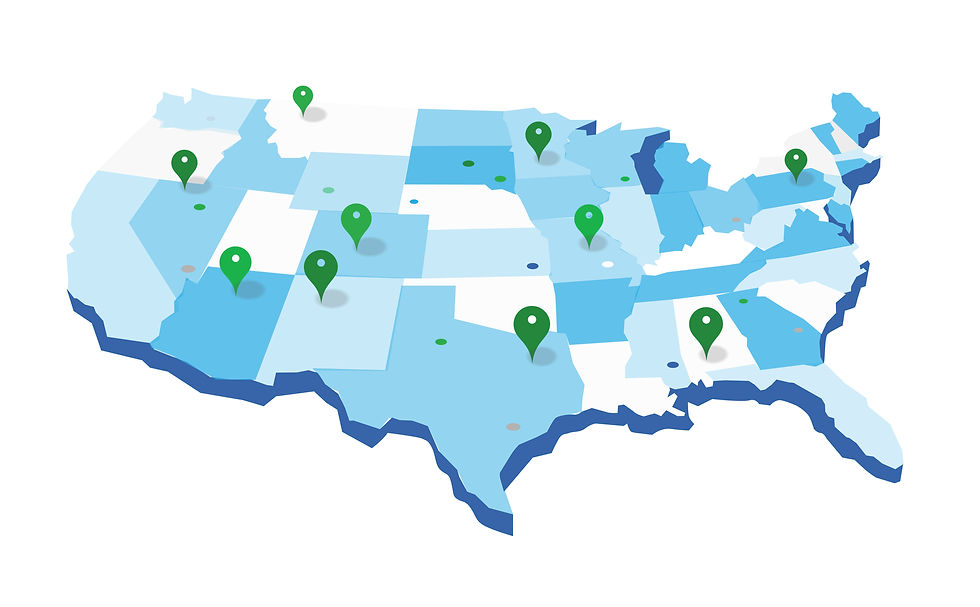Turning Trade Barriers into Opportunity: The Impact of Tariffs on FDI
- CI Group
- Mar 31
- 2 min read
Impact of Recent Tariffs on Foreign Direct Investment in the U.S.
In recent months, the United States has introduced a sweeping set of tariffs aimed at reshaping global trade dynamics. While these measures are primarily intended to protect domestic industries and reduce trade deficits, they also have significant implications for foreign direct investment (FDI). As companies seek to navigate the new trade landscape, many are considering direct investments in the U.S. as a strategic response to circumvent trade barriers.
Tariffs as an Investment Catalyst
Historically, tariffs have been used as a tool to encourage domestic manufacturing and deter reliance on imported goods. With the recent imposition of tariffs on key imports—ranging from automobiles to consumer electronics—many foreign companies are reassessing their supply chain strategies. By establishing production facilities or subsidiaries within the U.S., companies can avoid tariff-related costs, maintain competitive pricing, and ensure uninterrupted market access.
Industries particularly affected by these tariffs include automotive manufacturing, technology, and heavy machinery, where significant components are sourced from abroad. Faced with higher import costs, multinational corporations are now exploring ways to localize production. As a result, some states, especially those with favorable tax incentives and strong infrastructure, may experience an increase in FDI as companies set up local manufacturing hubs.
Challenges and Uncertainties
While the prospect of increased FDI seems promising, the broader economic uncertainties surrounding tariff policies cannot be ignored. The volatility of trade relations, potential retaliatory measures from other nations, and shifting political landscapes all contribute to an unpredictable investment climate. Companies may be hesitant to commit large capital expenditures without assurances of long-term policy stability.
Moreover, the cost of establishing operations in the U.S. can be substantially higher compared to existing facilities abroad. High labor costs, regulatory requirements, and supply chain adjustments pose significant challenges for businesses considering relocation or expansion in the U.S. market.
A Strategic Opportunity for the U.S. Economy
Despite these challenges, the recent tariffs present an opportunity for the U.S. to attract more foreign investment, particularly in advanced manufacturing and technology sectors. State governments and economic development agencies are already positioning themselves as attractive destinations by offering incentives such as tax breaks, grants, and workforce training programs.
Additionally, investments in infrastructure and the continued push for automation in manufacturing could help mitigate cost concerns for foreign investors. By fostering a stable and predictable business environment, the U.S. can turn this policy shift into a long-term economic advantage.
Conclusion
The imposition of tariffs has the potential to reshape global investment patterns, with many companies opting to invest within the U.S. rather than face the burden of trade barriers. While uncertainties remain, the policy shift could ultimately lead to increased domestic production, job creation, and innovation. Whether this trend sustains over the long term will depend on how effectively policymakers and businesses navigate the evolving global trade landscape.


Commentaires